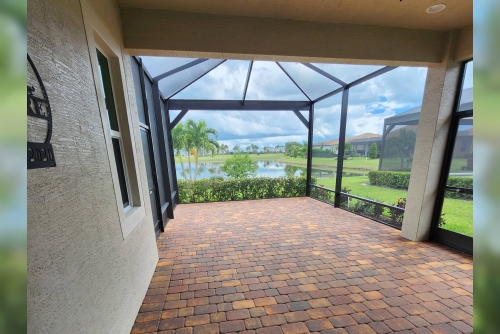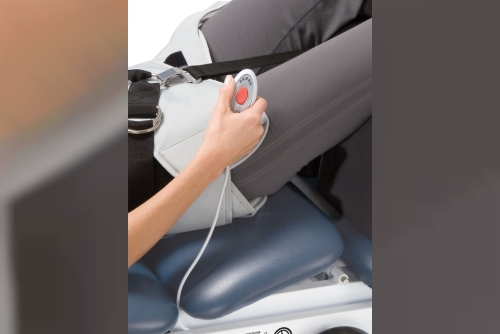The field of healthcare is rapidly evolving, with increasing demands for safety, efficacy, and compliance in medicines and medical products. A vital component of this ecosystem is pharmacovigilance—the science of monitoring the safety of medicines, identifying adverse drug reactions (ADRs), and ensuring the well-being of patients. In the Philippines, pharmacovigilance, along with a robust regulatory framework, plays a crucial role in maintaining the safety and quality of medicines available in the country. This article delves into the importance of pharmacovigilance and regulatory services in the Philippines and how they are shaping the local healthcare landscape.
The Role of Pharmacovigilance in the PhilippinesPharmacovigilance is a critical process that ensures medicines on the market are not only effective but also safe for the population. It involves detecting, assessing, understanding, and preventing adverse effects and other drug-related problems. The Philippines, through the Food and Drug Administration (FDA), has been actively participating in global pharmacovigilance efforts and establishing regulations to safeguard the population from potential risks associated with pharmaceutical products.
Key components of pharmacovigilance include:
Adverse Drug Reaction (ADR) Reporting: Healthcare professionals, patients, and pharmaceutical companies in the Philippines are encouraged to report any suspected ADRs to the FDA through its reporting systems.Signal Detection: The FDA uses collected ADR data to identify new safety concerns or "signals" that require further investigation.Risk Management: Once signals are detected, the FDA works with pharmaceutical companies to develop risk management plans (RMPs) to mitigate potential hazards associated with specific medications.In recent years, with the advent of new medicines, vaccines, and biologics, pharmacovigilance has become more important than ever. Especially with the introduction of the COVID-19 vaccines, the need for vigilant monitoring of safety signals has been a top priority for regulatory authorities.
Regulatory Landscape for PharmacovigilanceThe Philippine FDA, an agency under the Department of Health (DOH), is primarily responsible for regulating pharmaceutical products in the country. Its mission is to protect public health by ensuring the safety, efficacy, and quality of medicines and medical devices.
Some key functions of the FDA in relation to pharmacovigilance include:
Pre-Market Evaluation: Before a pharmaceutical product can be introduced to the market, it undergoes a thorough evaluation by the FDA, which includes reviewing its safety, quality, and efficacy. Clinical trial data, manufacturing processes, and proposed labeling are assessed to ensure the product meets established standards.
Post-Market Surveillance: Once a product is approved and available on the market, the FDA continues to monitor its safety through post-market surveillance. This includes the collection of ADR reports, inspections, and audits of manufacturers to ensure compliance with regulations.
Licensing and Compliance: Companies that manufacture, import, and distribute pharmaceutical products must obtain appropriate licenses from the FDA. These licenses ensure that these companies adhere to Good Manufacturing Practices (GMP), Good Distribution Practices (GDP), and other relevant standards.
Enforcement Actions: The FDA has the authority to take enforcement actions against companies that do not comply with regulations. This could involve product recalls, fines, or revocation of licenses in cases where there are serious safety concerns.
International Collaboration and AlignmentThe Philippines is actively aligning its pharmacovigilance practices with international standards set by organizations such as the World Health Organization (WHO) and the International Council for Harmonisation of Technical Requirements for Pharmaceuticals for Human Use (ICH). The country participates in the WHO's International Drug Monitoring Programme, contributing to the global pharmacovigilance database and benefiting from shared safety data.
Furthermore, the Philippines FDA has established partnerships with other regulatory bodies, such as the ASEAN Harmonization initiative, which aims to create uniform standards for the regulation of pharmaceuticals across Southeast Asian countries.
Challenges and OpportunitiesDespite the advancements in pharmacovigilance and regulatory services in the Philippines, several challenges remain:
Limited Awareness and Reporting: Although the FDA has systems in place for ADR reporting, underreporting remains a significant challenge. Many healthcare professionals and patients are not fully aware of how or why they should report ADRs.
Capacity Building: The growing complexity of modern medicines, such as biologics and personalized treatments, requires more sophisticated pharmacovigilance systems and skilled professionals. The Philippines needs to continue building capacity to keep pace with these developments.
Regulatory Delays: Although the FDA is actively working on improving its processes, regulatory approvals can sometimes be delayed due to administrative bottlenecks, affecting timely access to medicines.
On the other hand, the increasing demand for pharmaceuticals and the growth of the healthcare industry present significant opportunities:
Digital Transformation: The Philippines FDA has been implementing digital platforms to streamline pharmacovigilance processes, allowing for more efficient data collection, analysis, and reporting.
Public-Private Collaboration: By fostering partnerships between the government, pharmaceutical companies, healthcare professionals, and patient organizations, there is great potential to enhance pharmacovigilance practices, encourage more ADR reporting, and promote public awareness of drug safety.
ConclusionPharmacovigilance and regulatory services are indispensable components of the Philippine healthcare system. They ensure that medicines and medical products meet safety standards, helping to protect the health and well-being of the population. As the country continues to improve its pharmacovigilance infrastructure and align with international best practices, the importance of a collaborative effort—between regulators, pharmaceutical companies, healthcare providers, and patients—cannot be overstated.
https://www.ddregpharma.com/pharmacovigilance-services-in-philippines










 Bitcoin Price in 2025 and Beyond: What Investors Should Know
Bitcoin Price in 2025 and Beyond: What Investors Should Know

